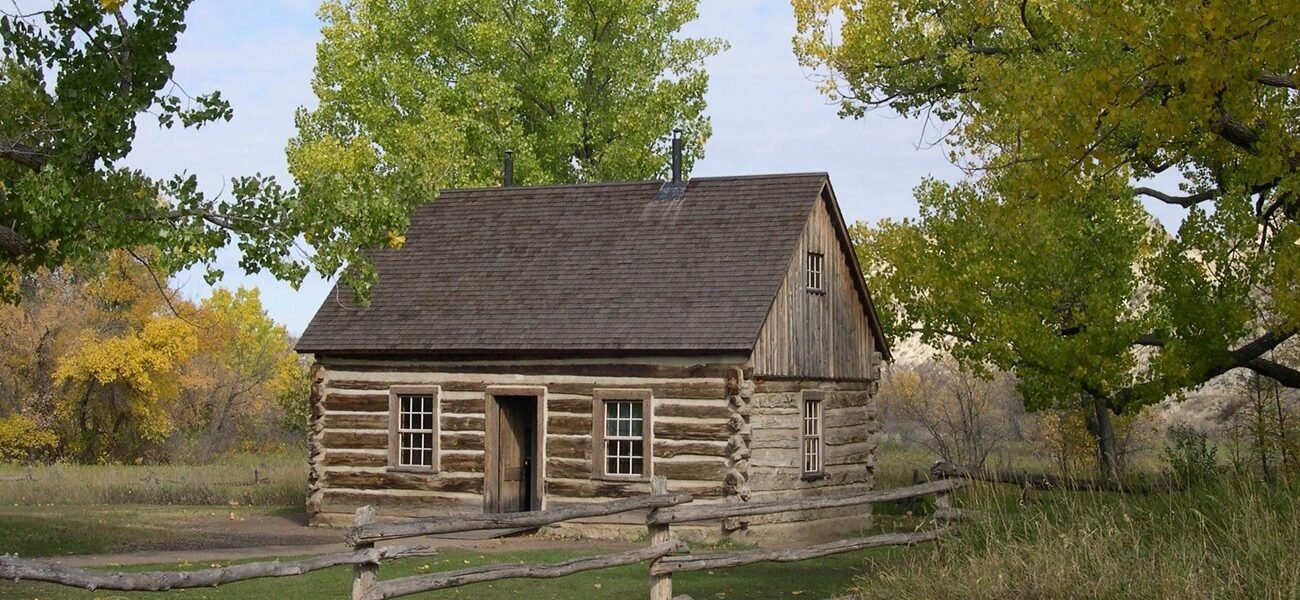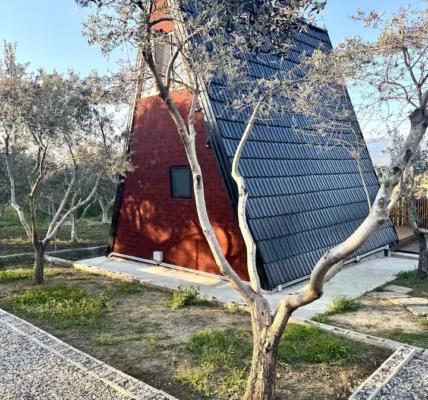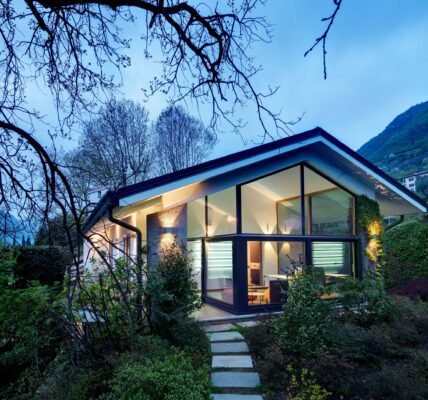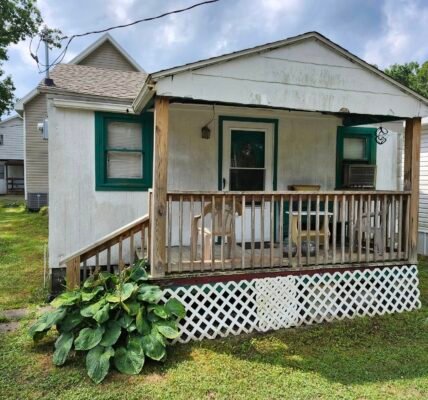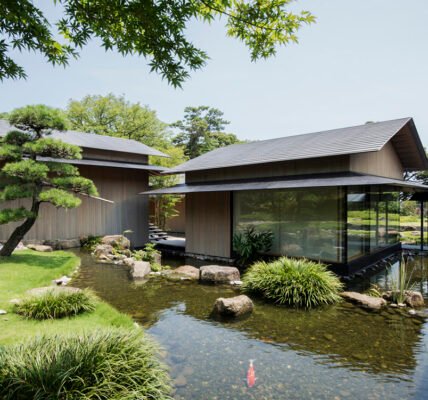Long before he became the 26th President of the United States, Theodore Roosevelt found solace and purpose on the rugged plains of the Dakota Territory. In 1883, after a hunting trip sparked his fascination with the West, Roosevelt invested in a cattle ranch near Medora, North Dakota. At the heart of that ranch stood the Maltese Cross Cabin, a simple log home that would play an outsized role in shaping his vision as a leader and conservationist.

Building the Cabin
The Maltese Cross Cabin, also called the Chimney Butte Ranch Cabin, was built by Roosevelt’s hired ranch hands. Unlike the tiny frontier huts of the time, this one was relatively spacious. Made of pine logs, it contained a living room, kitchen, and two bedrooms. Its furnishings were both practical and personal: a rocking chair, a desk where Roosevelt wrote, and a buffalo robe he used as bedding.

Life in the Badlands
Roosevelt split his time between the East Coast and the Dakota Territory, but his stays in the cabin were transformative. He hunted, rode horses across the prairies, endured brutal winters, and learned the hardships of ranch life. Following the devastating loss of his mother and his first wife on the same day in 1884, Roosevelt retreated to the Dakotas for healing. The wide-open landscapes and demanding lifestyle gave him renewed strength and resilience.
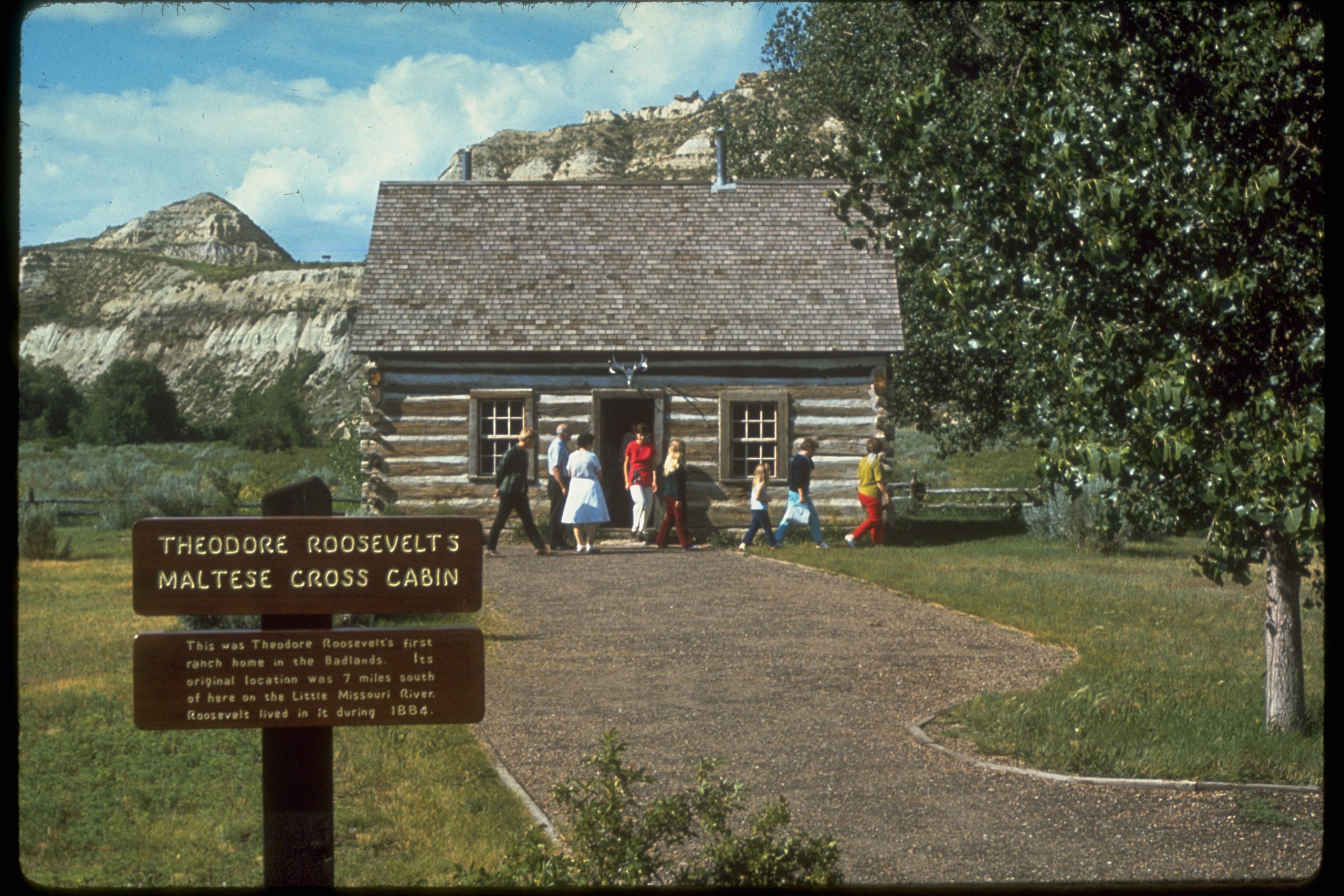
Shaping a President
The lessons Roosevelt learned in the Maltese Cross Cabin deeply influenced his outlook. He came to admire the balance of independence and interdependence required in frontier living. More importantly, he witnessed firsthand the fragility of natural resources as overgrazing and harsh winters decimated cattle herds. These experiences planted the seeds of his lifelong commitment to conservation—a cause he would champion as president by establishing national parks, forests, and wildlife refuges.
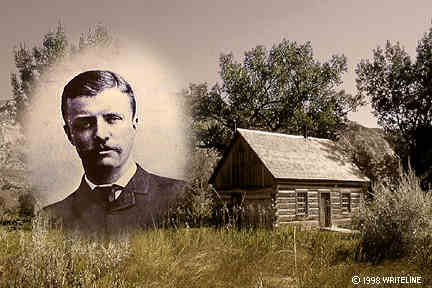
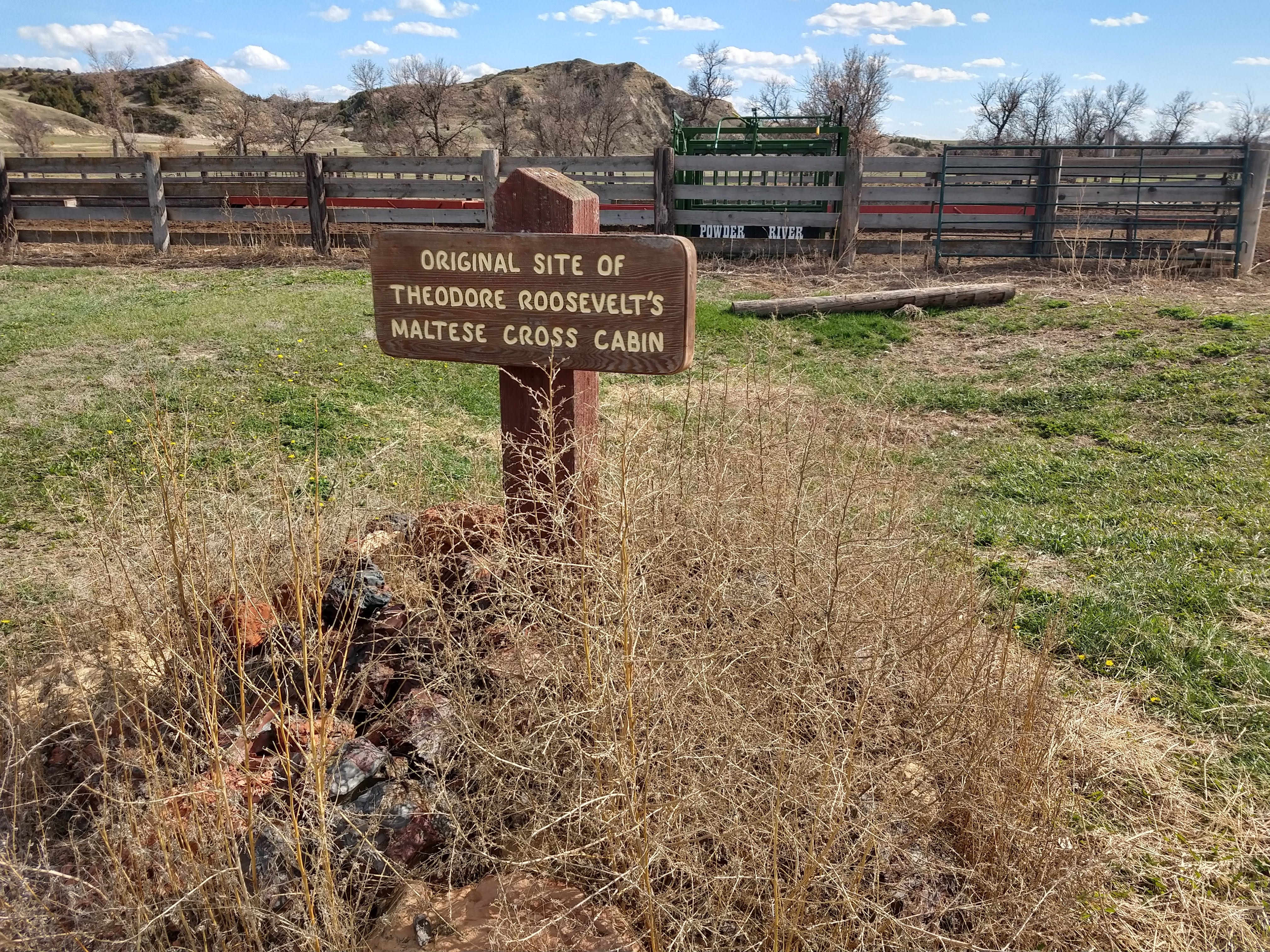
Legacy and Preservation
The Maltese Cross Cabin still stands today, preserved as part of Theodore Roosevelt National Park. Though it has been moved several times for exhibitions, the cabin has always returned to North Dakota, where visitors can step inside and glimpse the humble setting that shaped one of America’s most dynamic leaders.
More than just a frontier home, the Maltese Cross Cabin is a symbol of transformation. It marks the place where Theodore Roosevelt, once a frail young man from New York, forged the toughness, vision, and love of nature that would define his presidency and leave a lasting mark on the nation.
